Starting over -- here's what my family brought from Vietnam 50 years ago
What would you bring?
A few years ago, when wild fires raged nearby our home in Santa Cruz, we packed a “go” bag in case we had to evacuate. We love our belongings but what if we could never return home again? What mattered most?
I thought about the decisions my parents had made when they closed the door of their Saigon home 50 years ago for the last time. Our family of seven plus my three aunts crammed into our Peugeot 403 and drove away to meet the Americans who would arrange for our escape on the morning of April 24, 1975.
My parents were stressed. There was fear and anxiety even for me, a six-year-old. Dad had taken me with him to a dock where he was renovating a 300-ton cargo ship to take us out to sea. He had pooled money together with other families. I knew something bad was about to happen. In April 1975, the government identified civilians readying a sea escape and forbade all non-official boats from leaving the Saigon Harbor. That is why we sought a different escape route.
We were the lucky ones to leave by plane. Countless others were stuck behind. My mom vividly recalls the panic and desperation. People begged Americans and anyone with a tie to an American left in Saigon to help them get out. The Viet Cong would not be kind once they arrived.
This is a photo taken shortly before we fled the country.
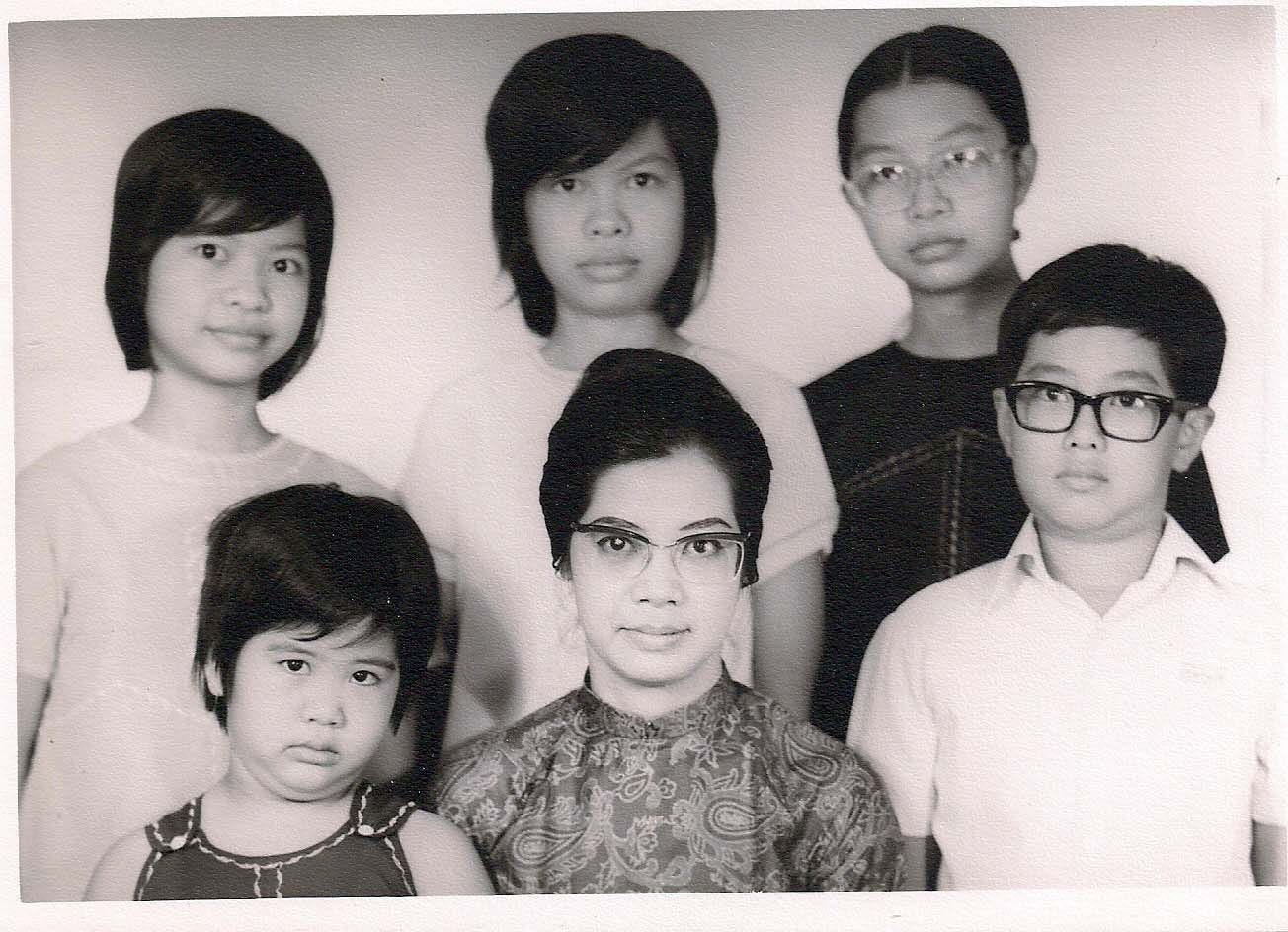
My father told us to pack only one change of clothing. In order to get into the airport, we had to fake that we were taking a casual family trip to the coast. My dad carried two leather bags for our family. One was a large overnight bag and the other was a large soft briefcase. My mom had a tote bag.
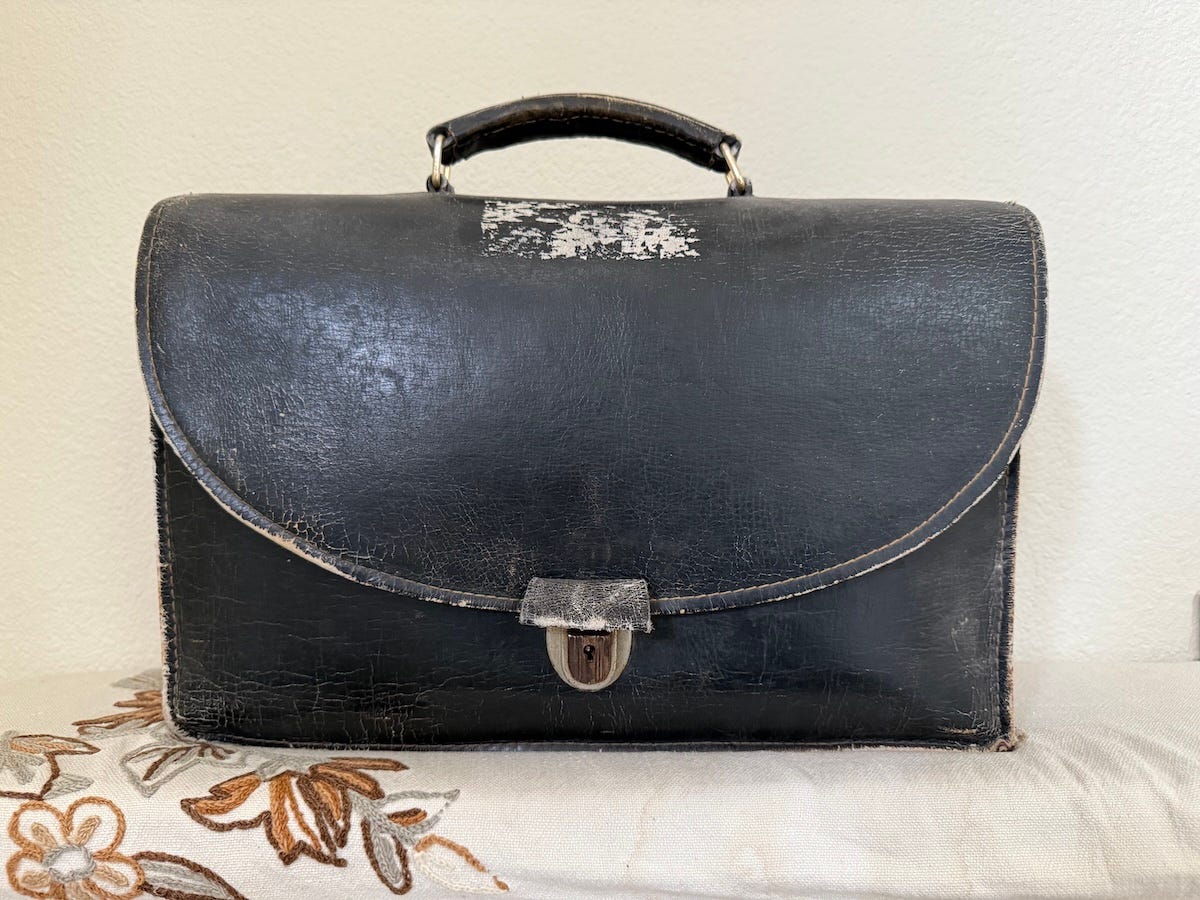
I had no idea what my parents had inside their bags, aside from our clothes. But they had narrowed down their lives to bare essentials for starting over.
Identification
We had to prove who we were. In the briefcase were documents like our birth certificates. To prove his credibility, my dad also brought photos of himself with South Vietnam President Ngo Dinh Diem, Robert MacNamara and Nigel Poett. The photos and his gumption served as his resume.
Currency
Wherever you end up, you need spending money. My parents carried U.S. dollars and gold. Originally when we were to leave by boat, my mom sewed life vests for us (there were none sold in Saigon in 1975; seriously). Between the pieces of styrofoam in the life vests, she slid flat taels of gold like these:
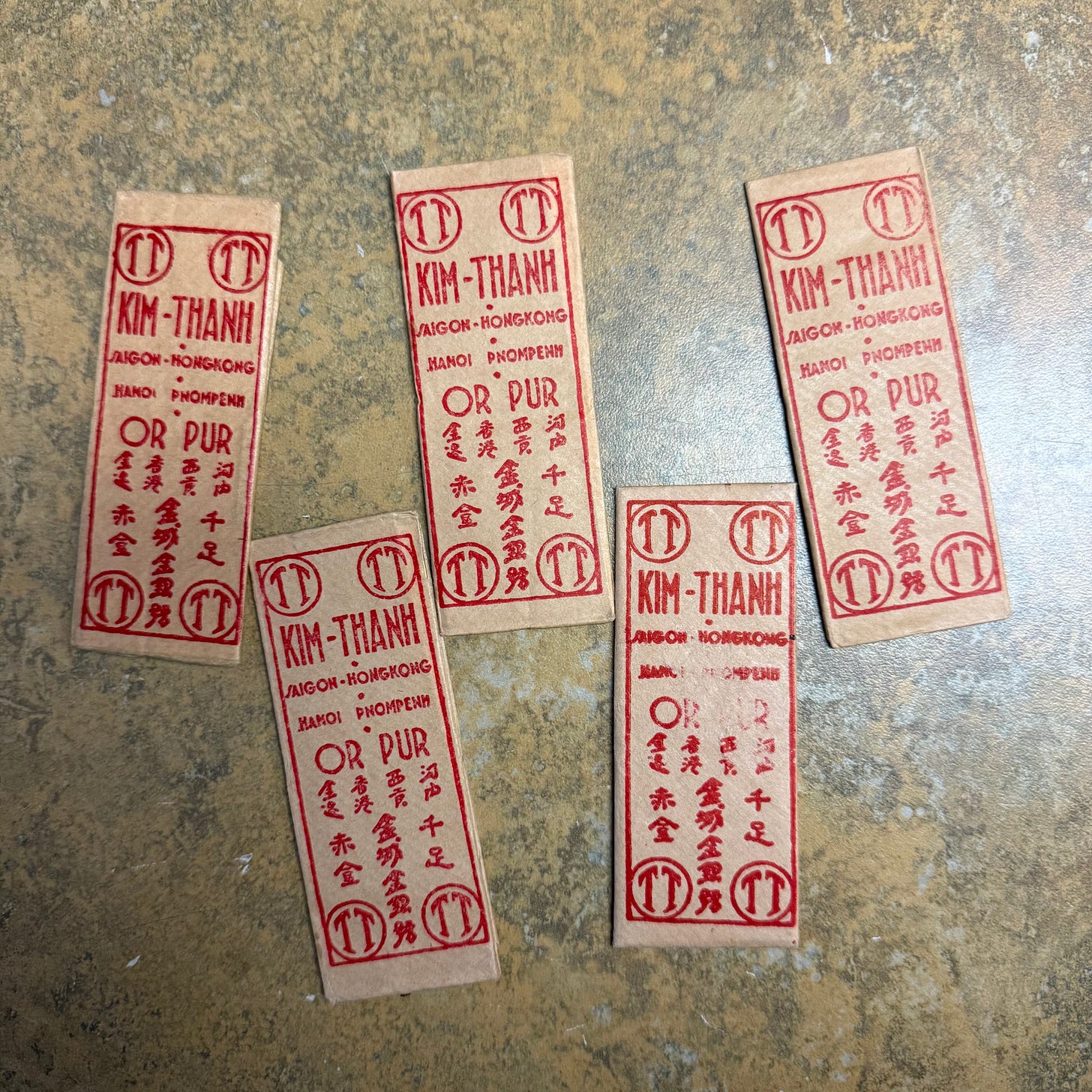
My parents wrote our names in big letters on the life vests. If we had to abandon ship and had the life vests on, we’d at least have currency with us wherever we ended up. They’d planned for the worse. When Dad abandoned the boat escape, my parents stayed up late one night to rip apart the life vests and remove the gold.
Keepsakes
My aunts who traveled with us out of Vietnam each had a piece of heavy luggage. My mom had her tote bag, inside which she had some family photos like this one.
She also had her best jewelry from when they married, natural pearls that my father carefully selected for her. They had their 24 carat gold wedding bands too. After my dad passed, my mom gifted his wedding band to me and I wear it as a keepsake.
Recipes
My mother also tucked another high value asset into her tote: a recipe notebook. She planned to open a Vietnamese restaurant in America and she needed her personal recipe collection. She didn’t know what she’d encounter here but was optimistic. Surely Viet refugees in America would hunger for a taste of their homeland.
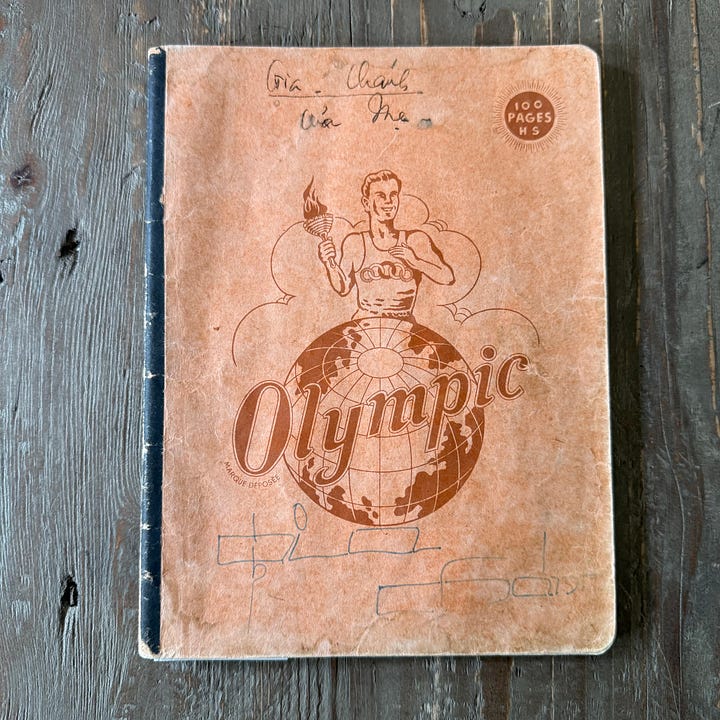
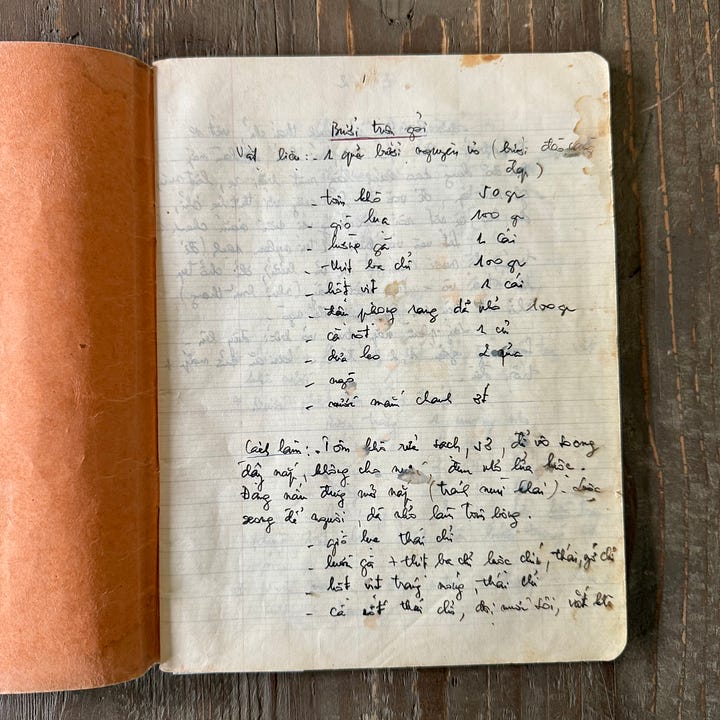
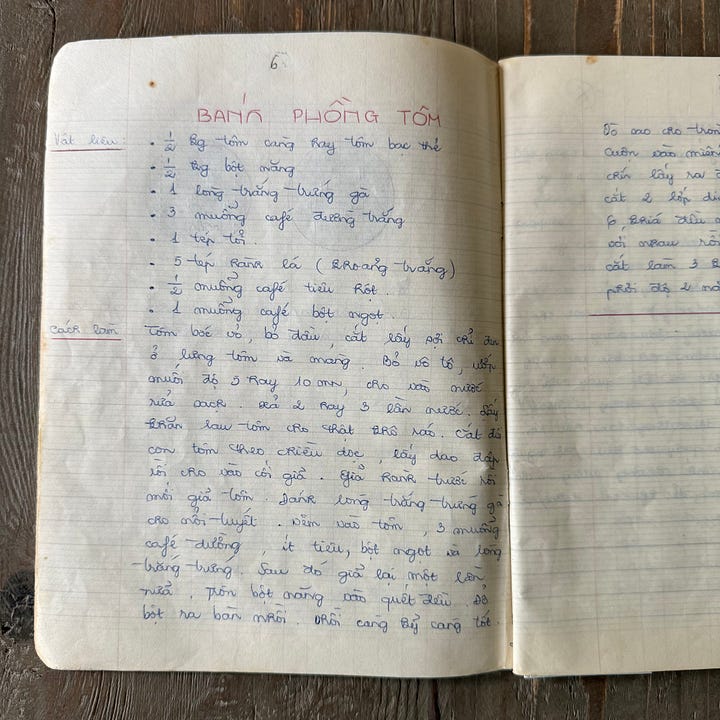
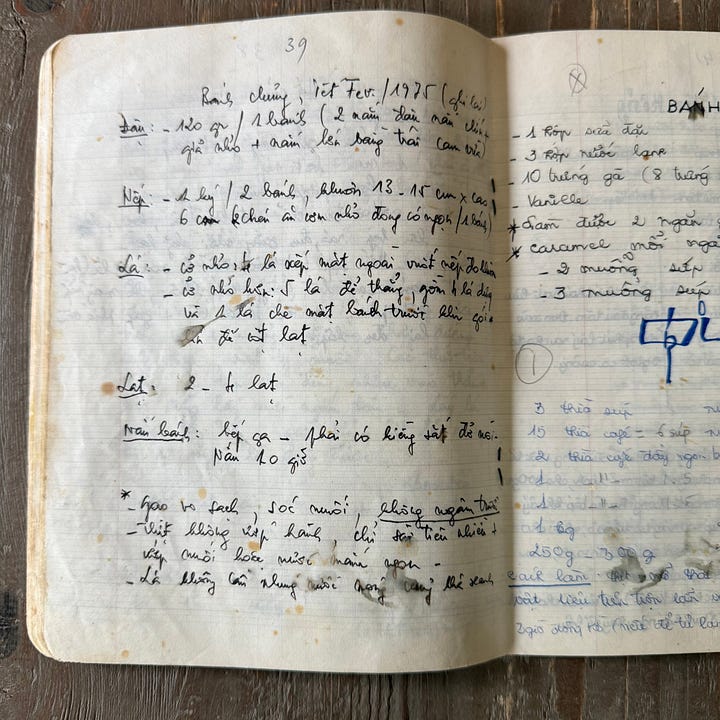
Half of the recipe notebook was filled with dishes in Vietnam. The other half of the notebook contains recipes from America, including 7-layer bar cookies.
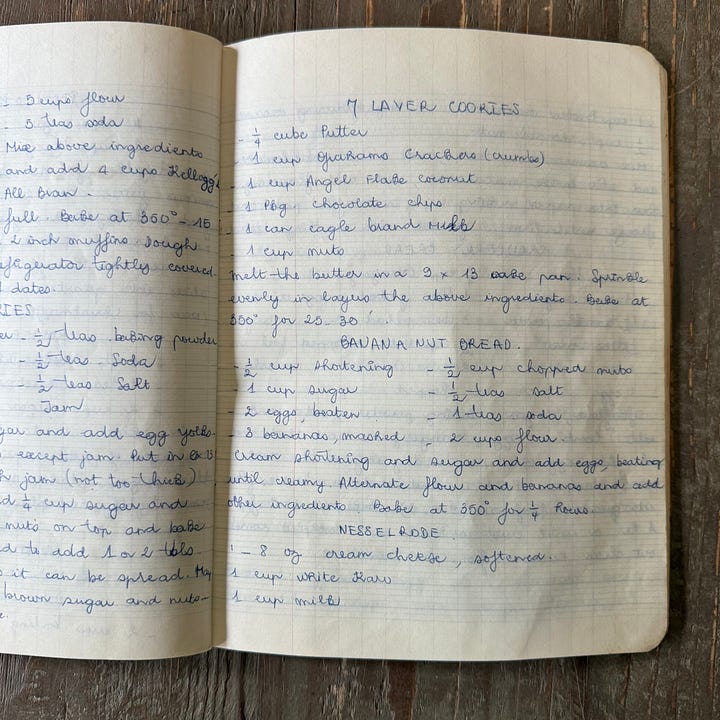
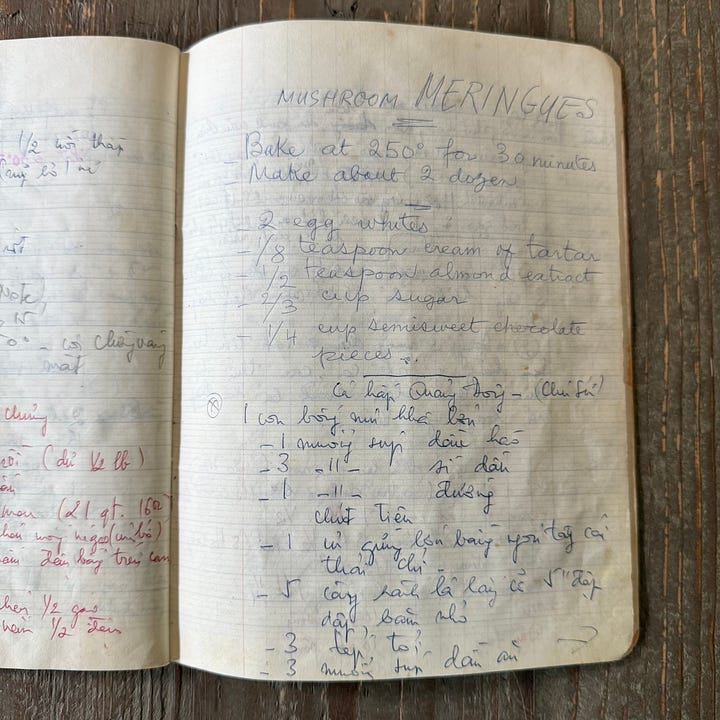
As it turned out, not many Vietnamese people settled in San Clemente where our family decided to live. My mother didn’t have an audience for her restaurant, which is why she became a dressmaker.
What about other Vietnamese families?
My friend Mike and his family were stuck in Vietnam until 1986. At one point, they were forced to relocate from the city to the countryside. He had periods of no schooling but learned how to do things like grow food and repair watches. When they did leave through the Orderly Departure Program (ODP), they had very little, Mike shared:
Each of us had 2 sets of clothes, mom and dad each had their 24k gold wedding band which they sold in the refugee camp to last us 6 months for miscellaneous expenses till we got to the U.S. Of course, we also had old family photos but that’s about it.
Vietnamese refugees left in what’s described as ‘waves’. Many people we knew set out by boat, some were sponsored by family that settled abroad, while others were sponsored and went through ODP or the Humanitarian Option (HO) program. Most of us came with next to nothing.
The artifacts from our journey to America are our family heirlooms. They carry sentimental value much more than their monetary value. They reflect who we were and who we are today.
What did your relatives bring to America? What brought them here?
What would you bring with if you had to start anew somewhere else? What would drive your decision-making process?
You don’t need to be Vietnamese to answer these questions.
I look forward to your responses!





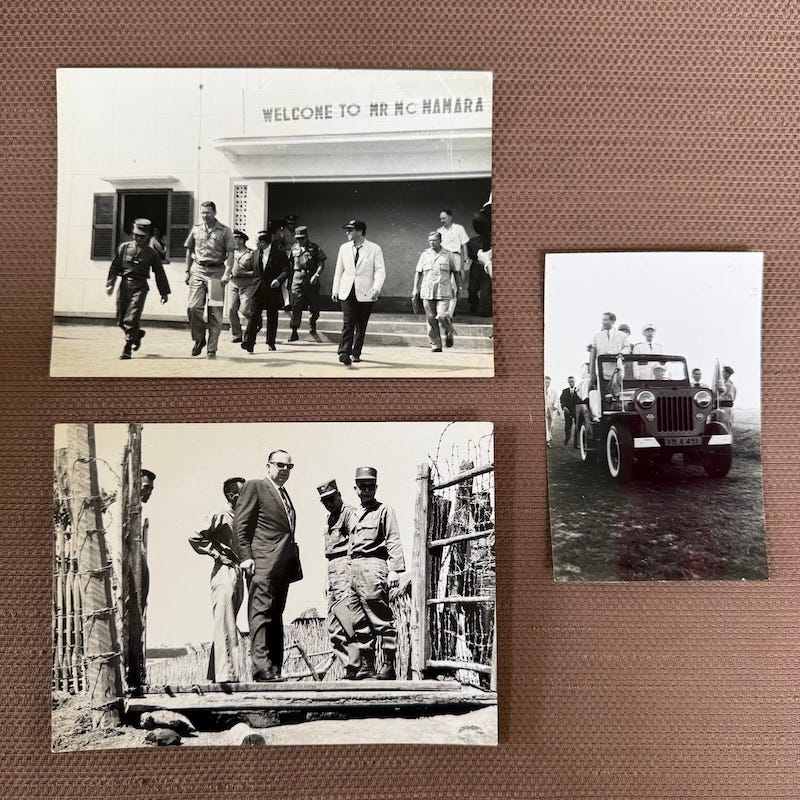
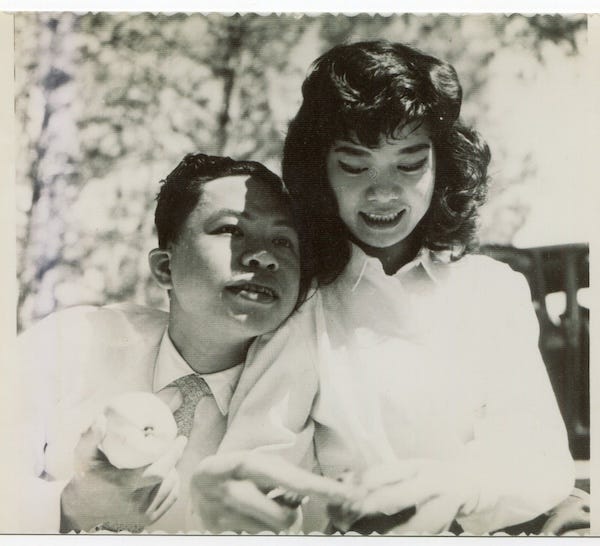
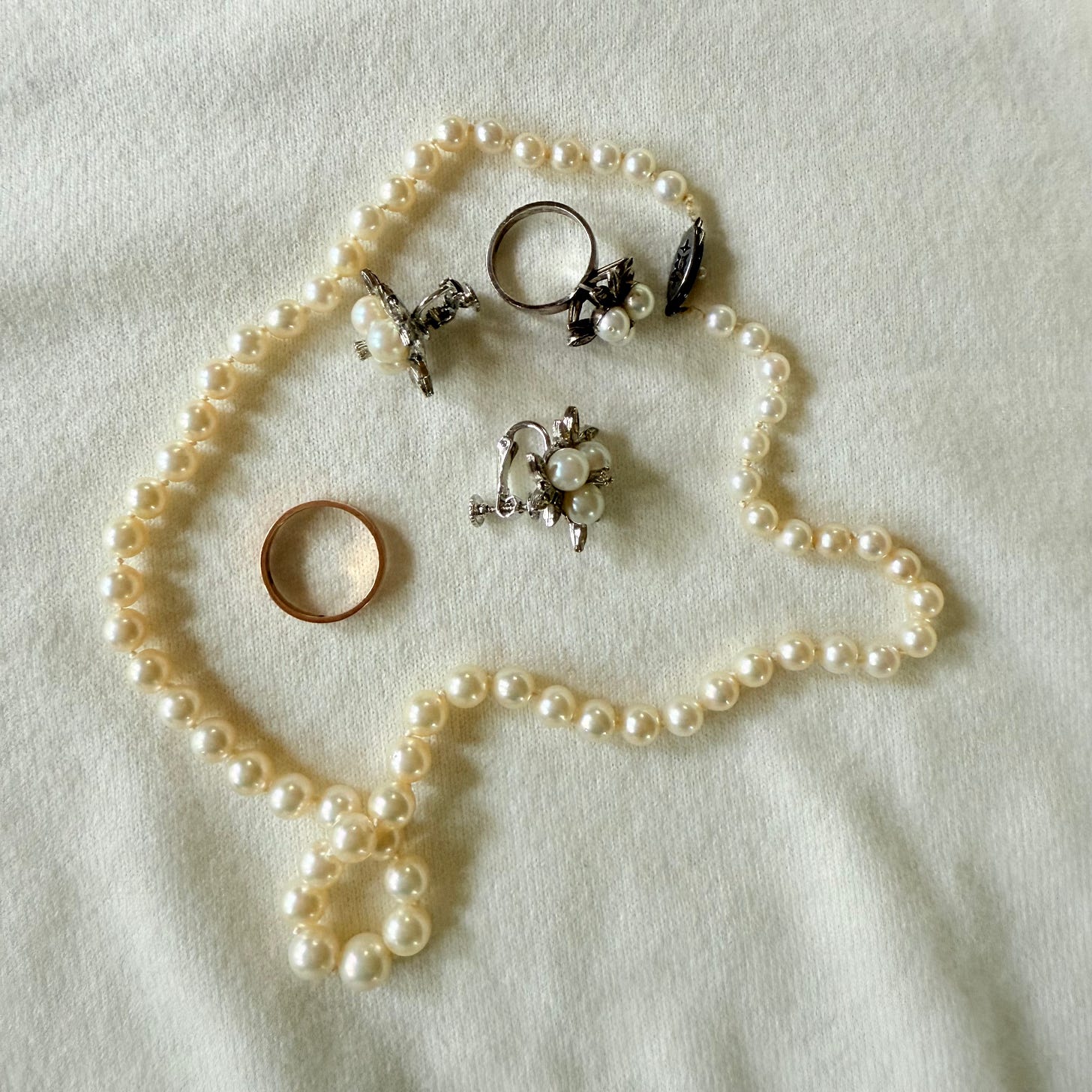


Andrea, this post is so deeply moving, the photos of the recipe book and the precious pearls, and your parents on their honeymoon. What courage you all had/have! xx
ps - my paternal great-grandmother came to New York from Ireland in steerage with my grandfather (who was 3 months old at the time) and twin-daughters who were 4 years old. My great-grandfather had come earlier to set up an apartment on 10th avenue in NYC — So she was alone on the ship. Her name was Delia and the boat she was on was the Carpathia, which years later would come to the aid of the Titanic survivors.
Given all the mess our country is in, it’s important to remember that the US was created by and for immigrants, many of whom would be considered illegal and undesirable today. And yet they truly made this country great.